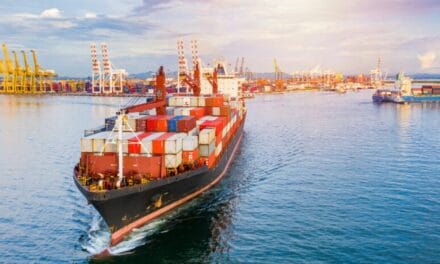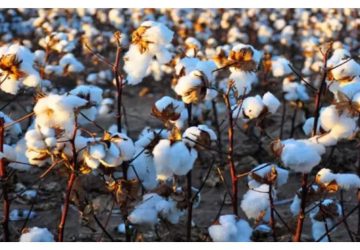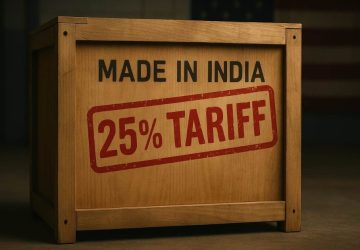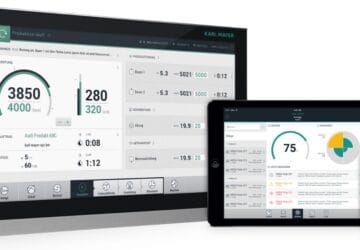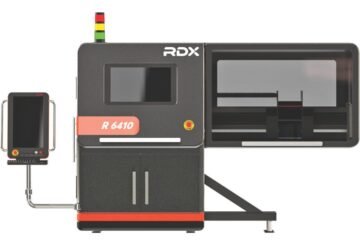 Bangladeshi made apparel items prices continued to fall since the Rana Plaza building collapse in April 2013 although the prices of cotton, the main raw material for fabrics, increased during the time to some extent. In 2013 a dozen of Bangladesh-manufactured cotton trousers sold for $62.26. In 2017 the same quantity went for $54.29 per dozen, a 12.80 percent fall in five years, according to a findings by “Mark Anner: Binding Power, the Sourcing Squeeze, Workers’ Rights and Building Safety in Bangladesh since Rana Plaza.”
Bangladeshi made apparel items prices continued to fall since the Rana Plaza building collapse in April 2013 although the prices of cotton, the main raw material for fabrics, increased during the time to some extent. In 2013 a dozen of Bangladesh-manufactured cotton trousers sold for $62.26. In 2017 the same quantity went for $54.29 per dozen, a 12.80 percent fall in five years, according to a findings by “Mark Anner: Binding Power, the Sourcing Squeeze, Workers’ Rights and Building Safety in Bangladesh since Rana Plaza.”
However, cotton was sold at 90.42 cents per pound in 2013 and the price of the white fibre went down to 83.09 in 2014 and 70.41 cents in 2015. But from 2016 the price of cotton started going up again and it was sold at 74.41 cents. In 2017, per pound of cotton sold for 85.99 cents, according to the findings.
Although the prices of cotton increased during this time, the prices of Bangladeshi made garment items rather went down as the international retailers did not pay a fair price to local manufacturers and exporters. In case of Bangladesh cotton prices matter a lot. The cotton fibered garment production in Bangladesh is still high as local spinners did not start production of man-made fibres or viscose fibre at a massive scale.
Of the total garment export from Bangladesh, nearly 90 percent are made from cotton fibres. On the other hand, other countries produce 50 percent of garment from cotton fibre and man-made fibres. Decline of price can be associated with the constant price pressure from brands and retailers owing to the volatility of global consumption.
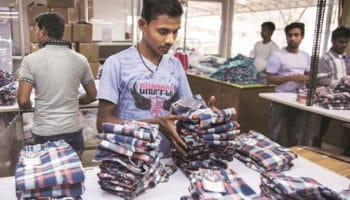 Bangladeshi made apparel items prices continued to fall since the Rana Plaza building collapse in April 2013 although the prices of cotton, the main raw material for fabrics, increased during the time to some extent. In 2013 a dozen of Bangladesh-manufactured cotton trousers sold for $62.26. In 2017 the same quantity went for $54.29 per dozen, a 12.80 percent fall in five years, according to a findings by “Mark Anner: Binding Power, the Sourcing Squeeze, Workers’ Rights and Building Safety in Bangladesh since Rana Plaza.”
Bangladeshi made apparel items prices continued to fall since the Rana Plaza building collapse in April 2013 although the prices of cotton, the main raw material for fabrics, increased during the time to some extent. In 2013 a dozen of Bangladesh-manufactured cotton trousers sold for $62.26. In 2017 the same quantity went for $54.29 per dozen, a 12.80 percent fall in five years, according to a findings by “Mark Anner: Binding Power, the Sourcing Squeeze, Workers’ Rights and Building Safety in Bangladesh since Rana Plaza.”




